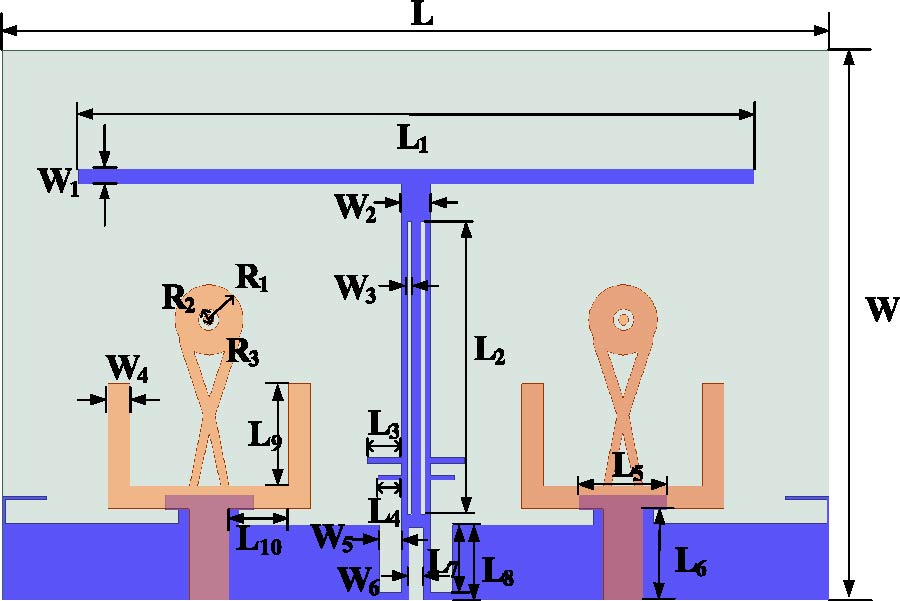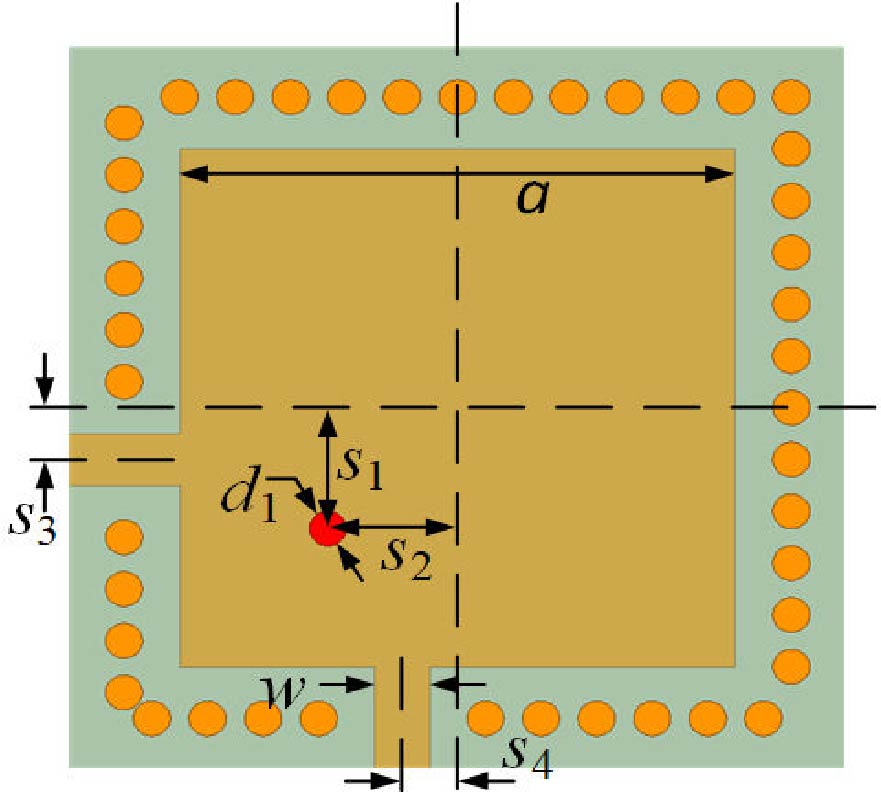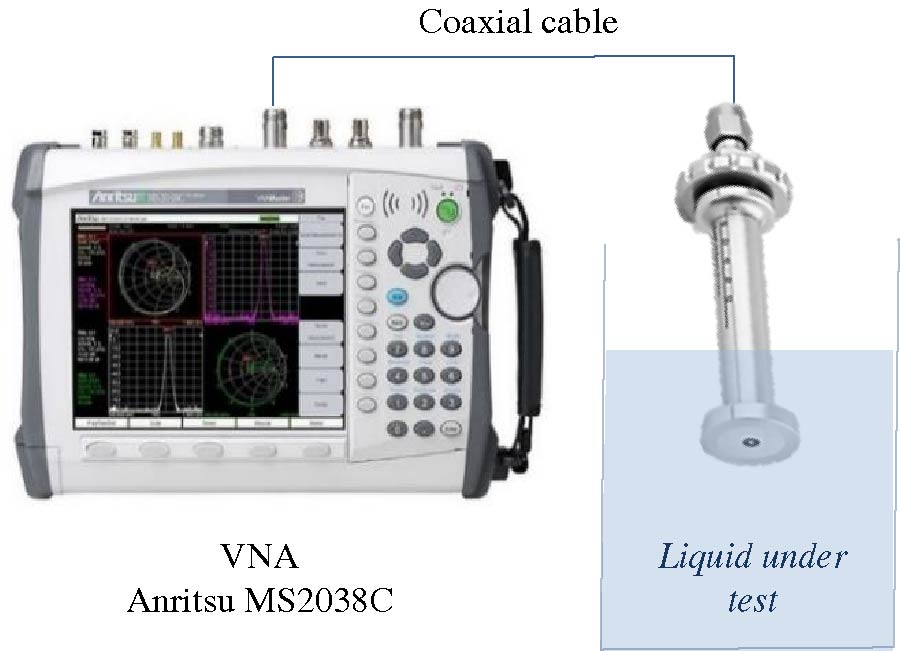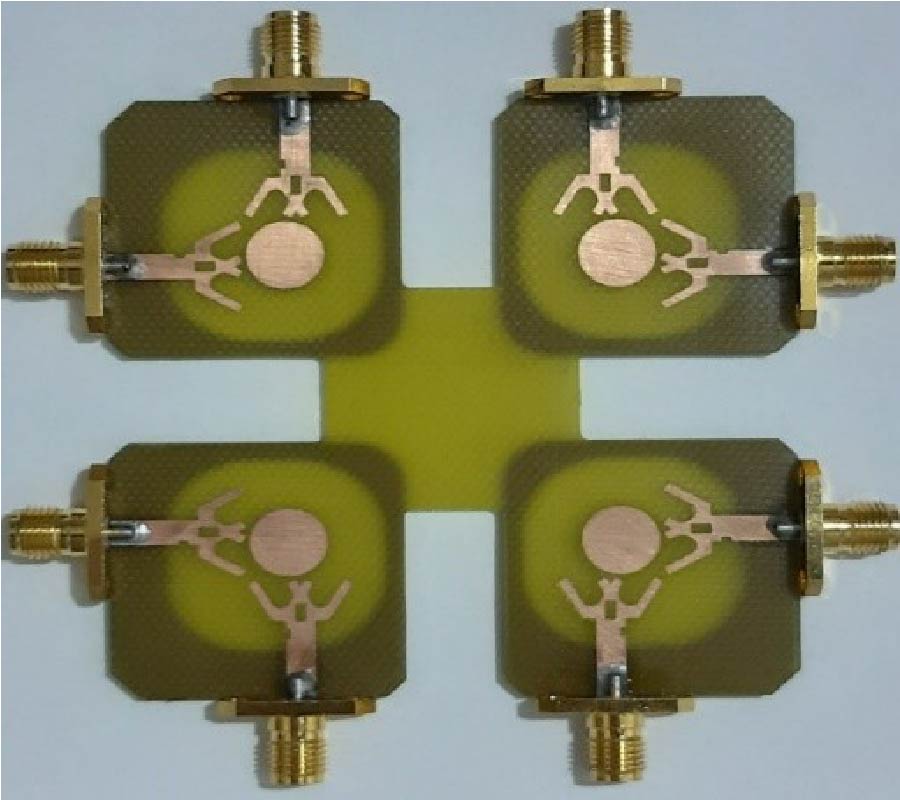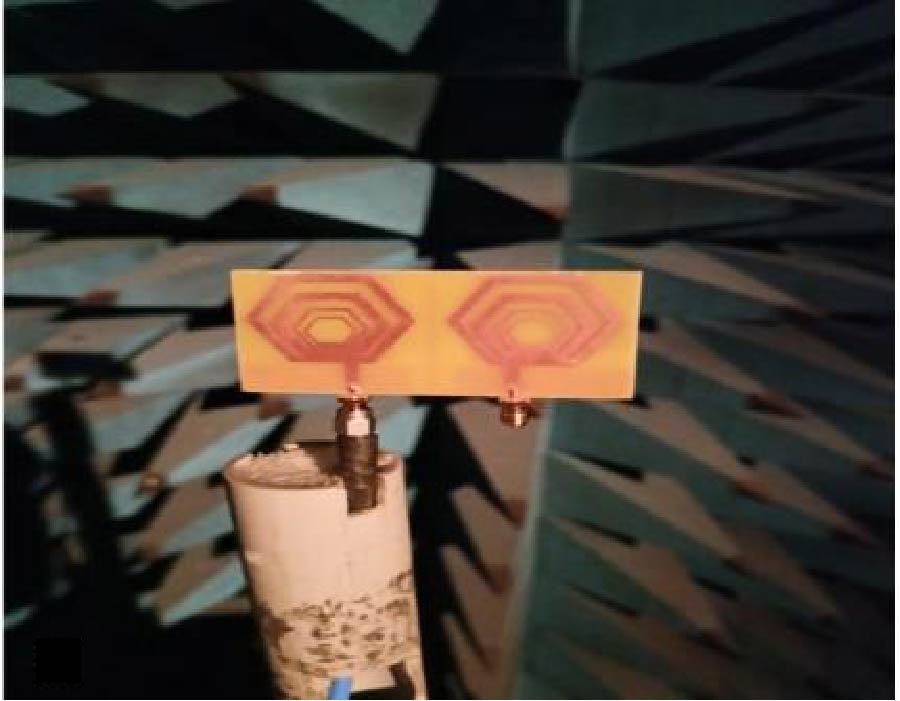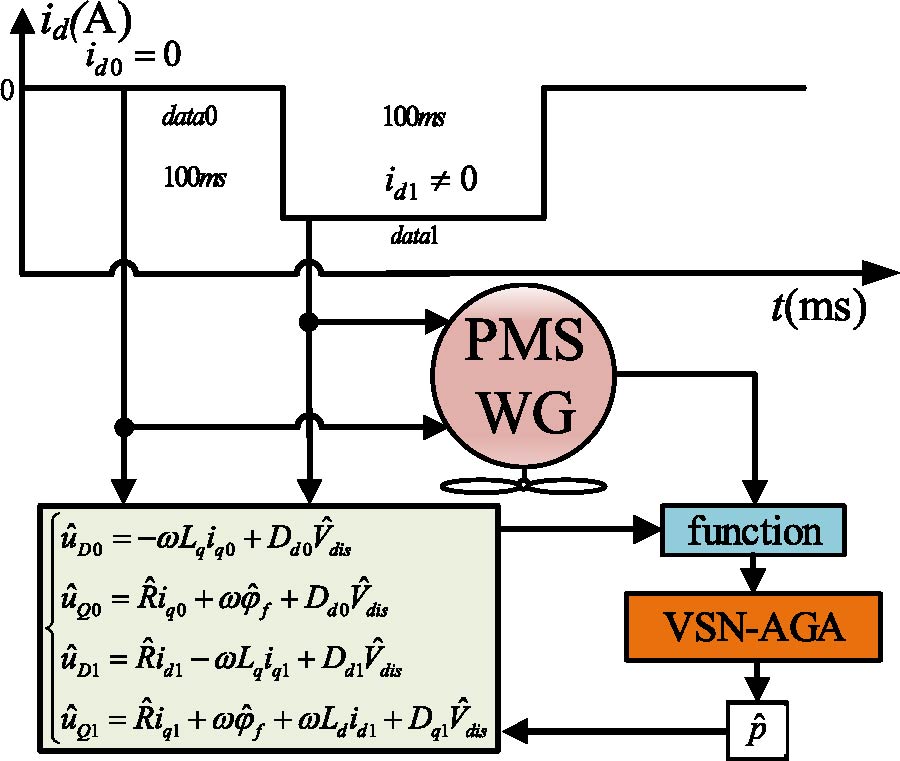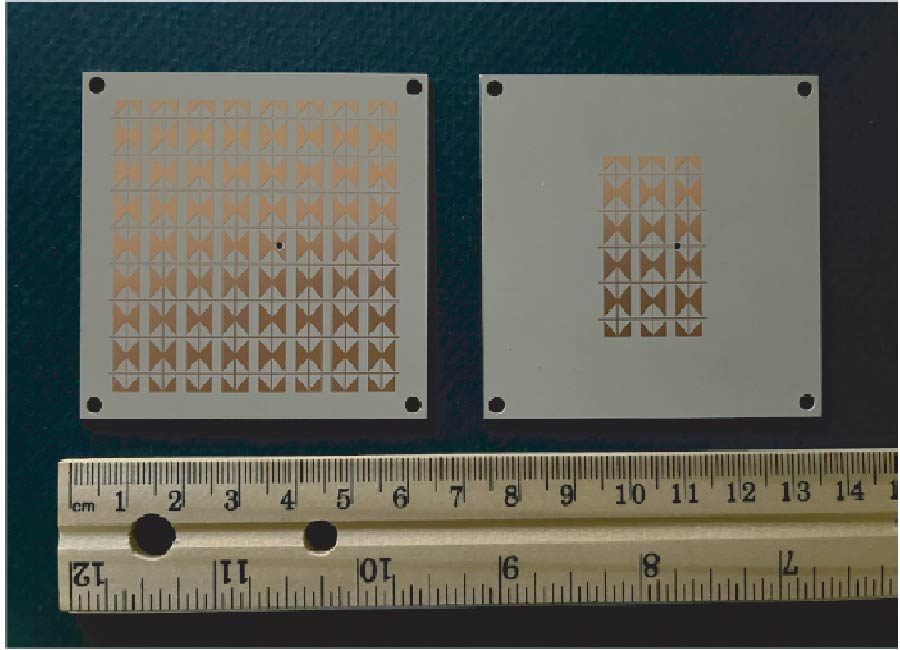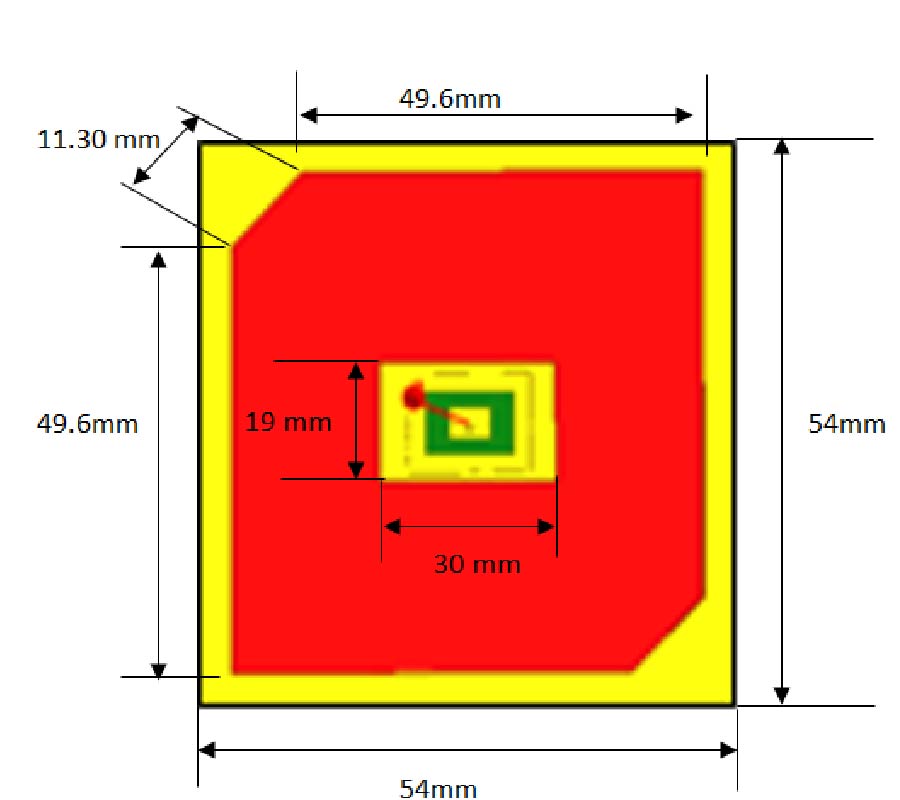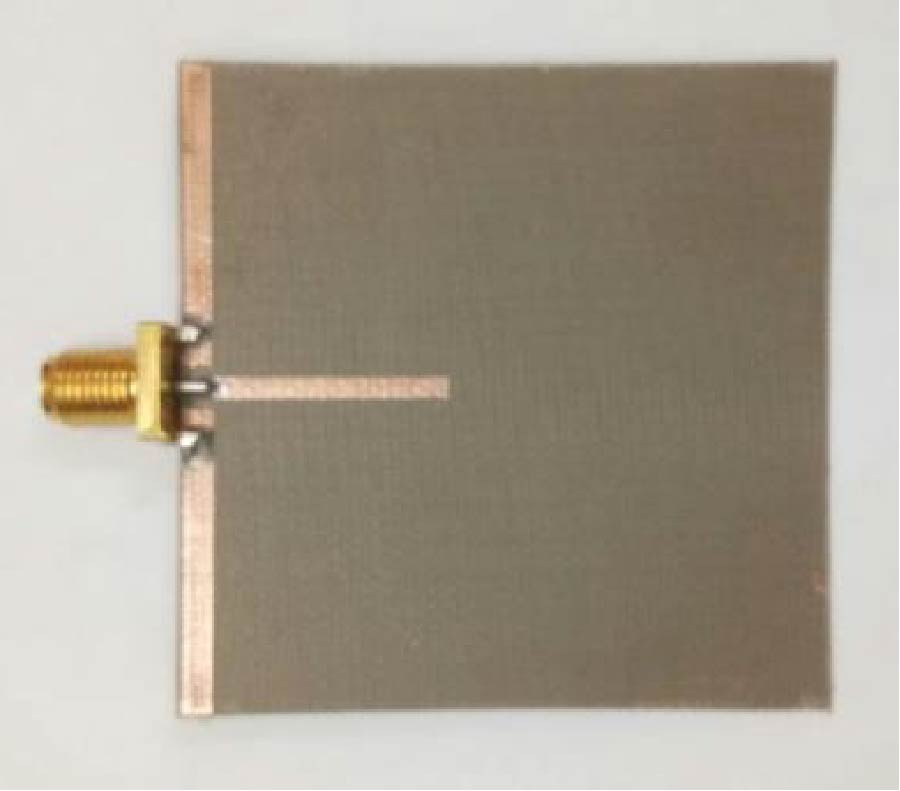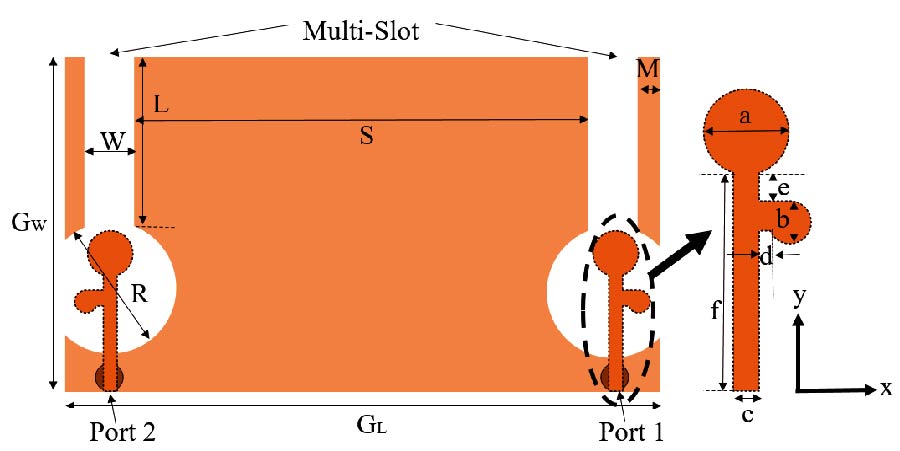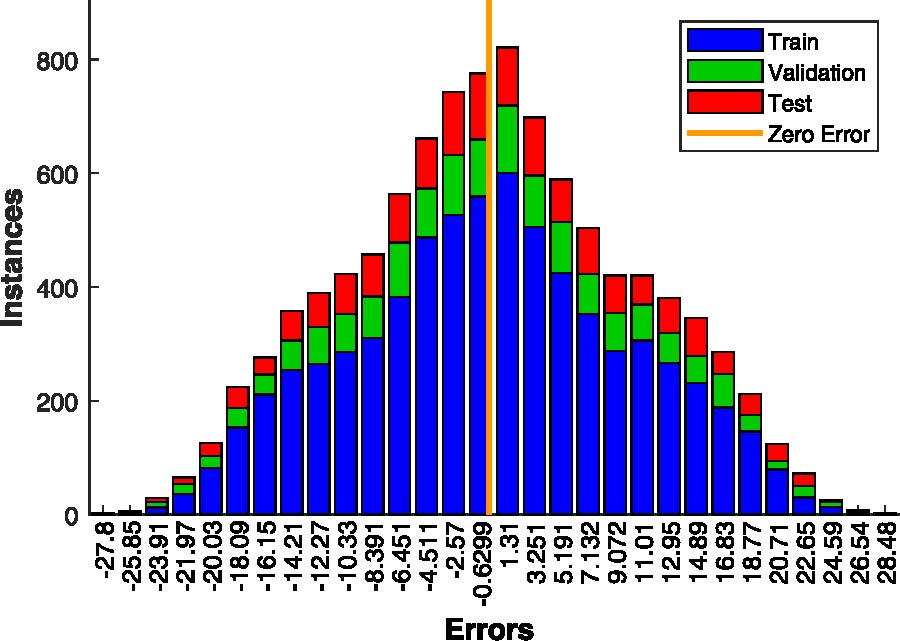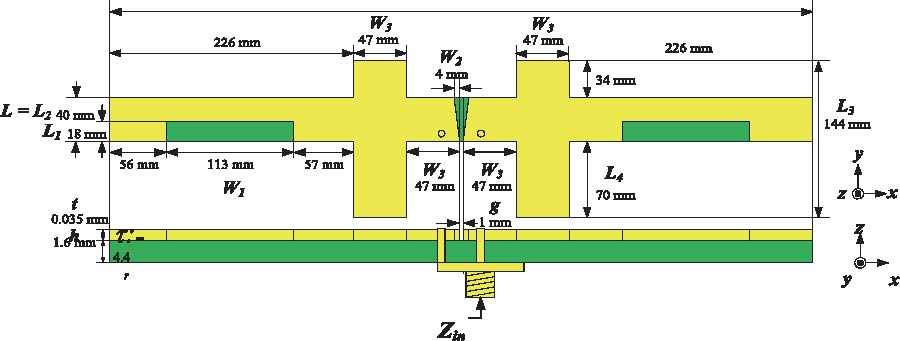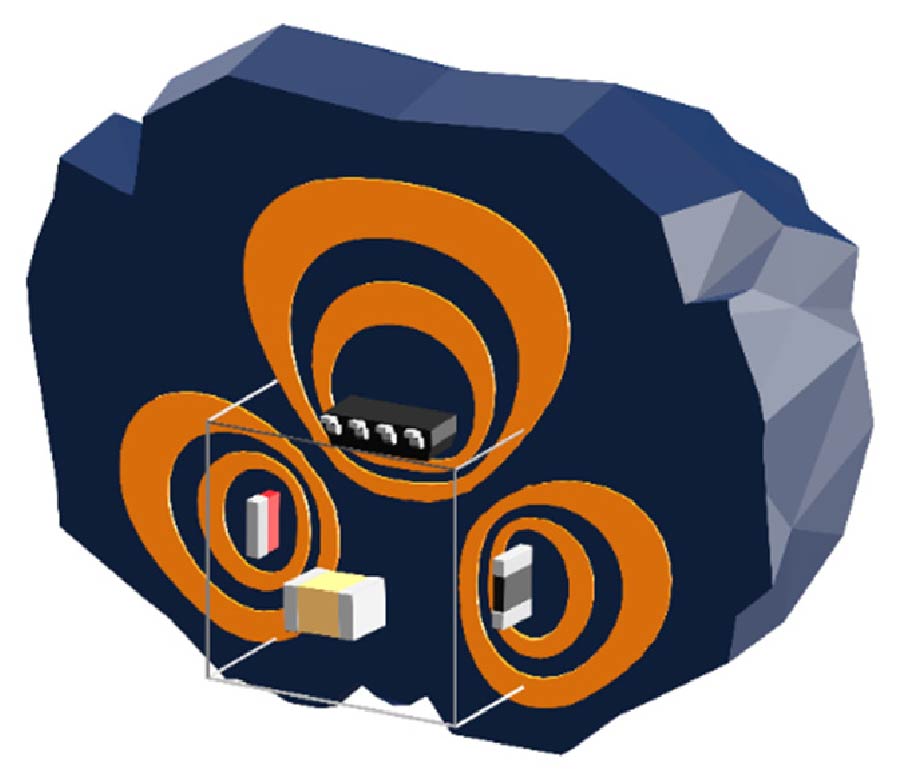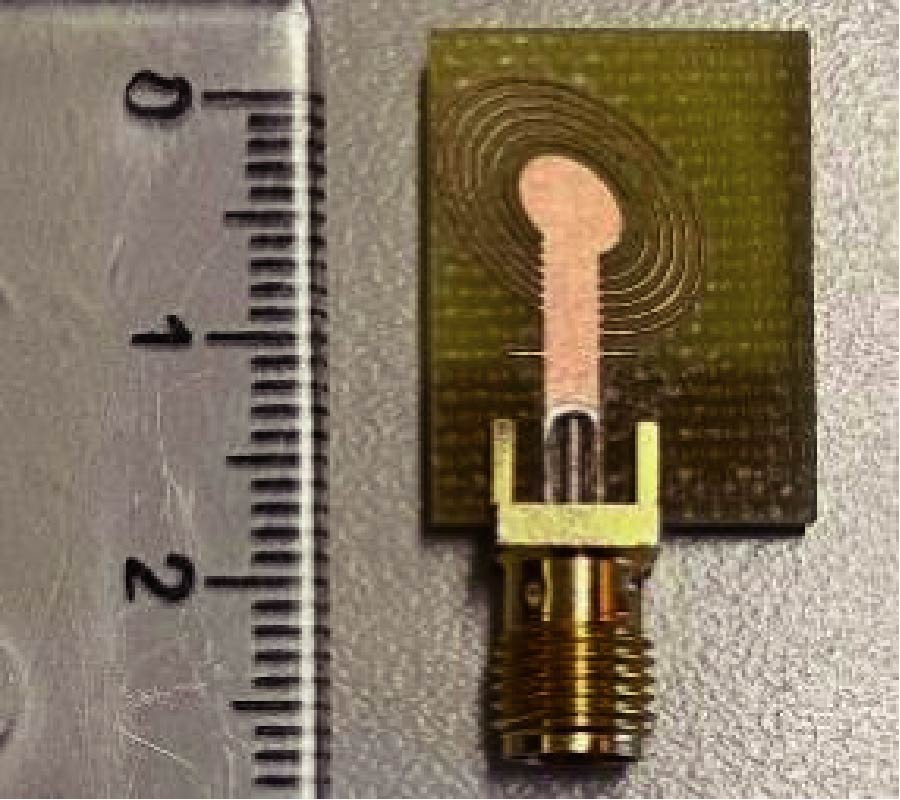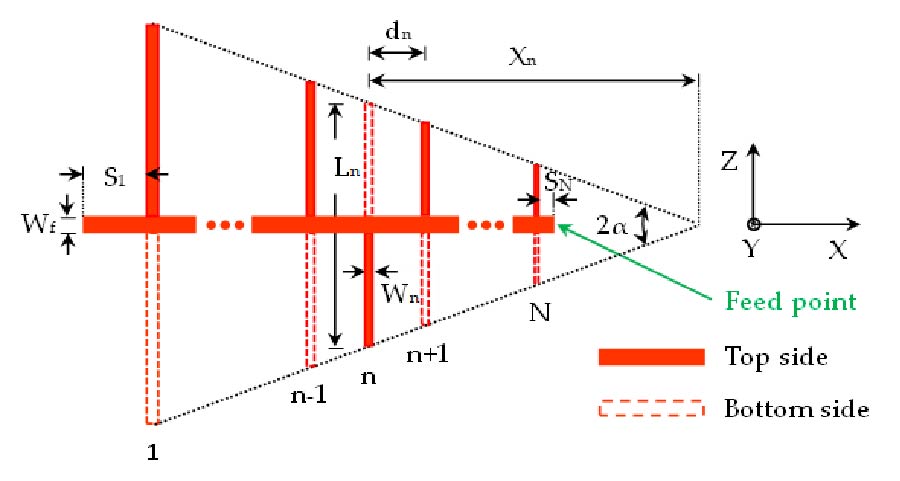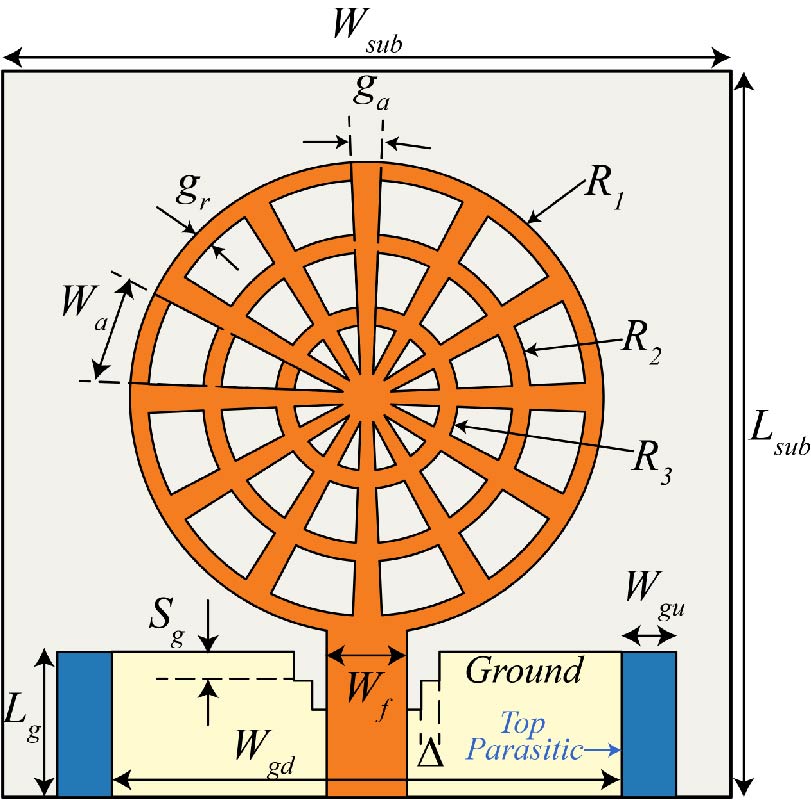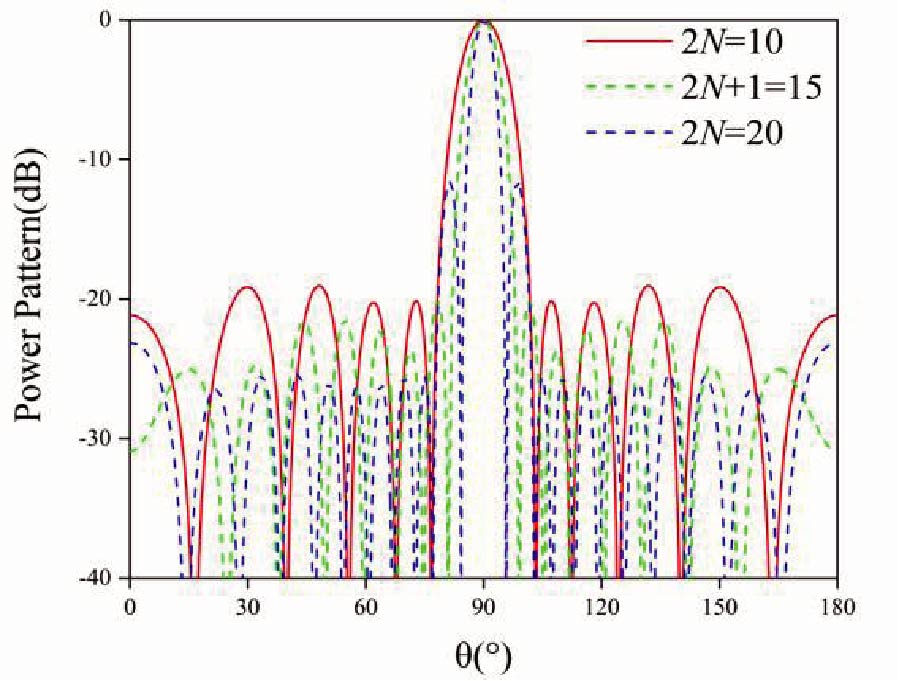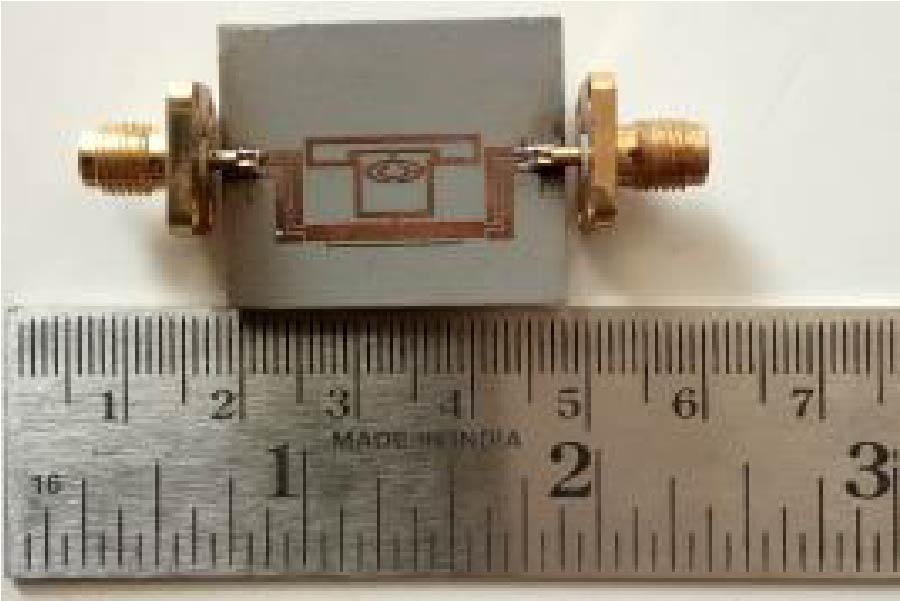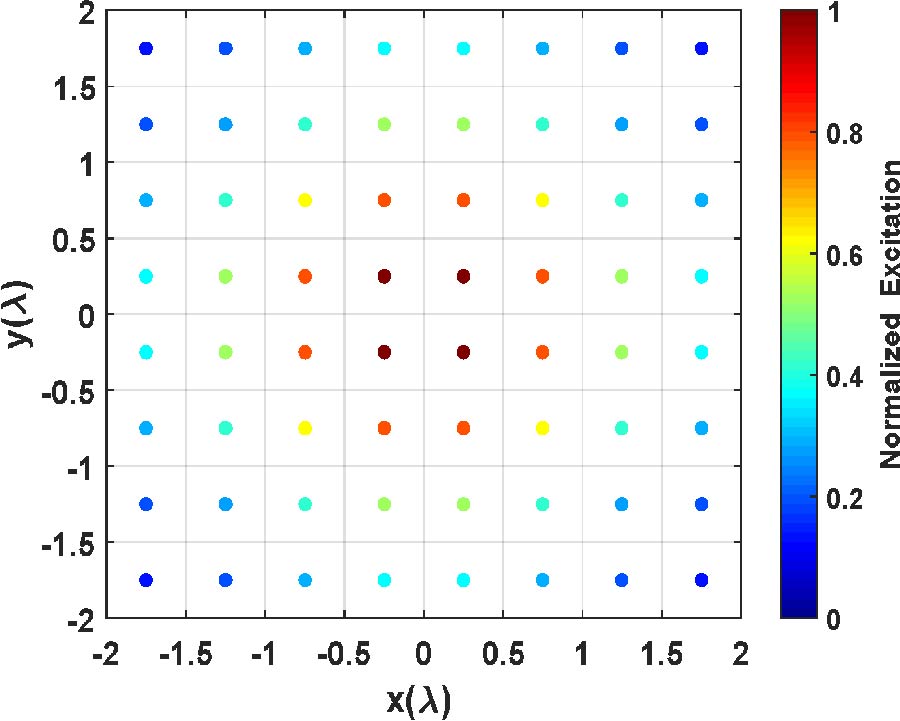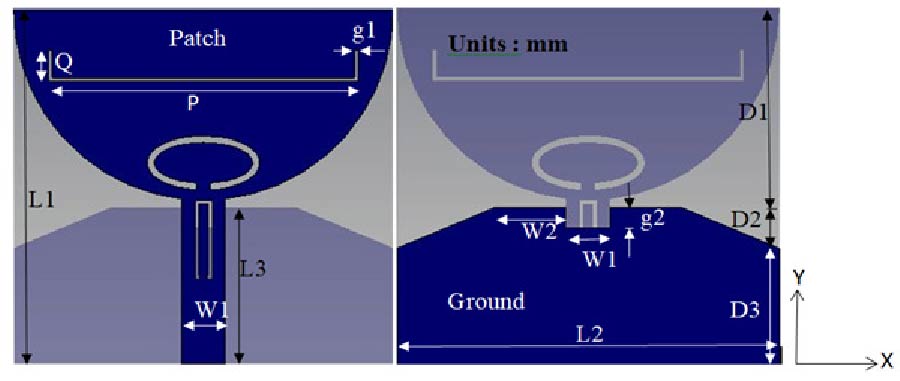The Design of a Triple-Band h- and Dual C-Shaped Planar Dipole Antenna for a Drone Application
Watcharaphon Naktong,
Amnoiy Ruengwaree,
Suwat Sakulchat and
Sommart Promput
This paper presents the study of an H- and dual C-shaped planar dipole antenna by adding and etching technique for the triple-band of drone operating frequencies. Tuning the frequency range was performed to cover the VOR standard of 108-118 MHz, the GS standard of 328.6-335.4 MHz and the DME standard of 962-1,231 MHz. The antenna structure was fabricated on a PCB of FR4 with a dielectric constant (εr) of 4.4 and thickness (h) of 1.6 mm (material with low cost, compact size, and easy to use). The reflection coefficient (S11) results of the simulation and measurement were in good agreement, which demonstrated the bandwidth frequencies of resonance frequency at 112 MHz (106-118 MHz), 331.50 MHz (323-401 MHz), and 1,087.50 MHz (920-1,301 MHz). The antenna gains were 1.73, 3.43, and 6.31 dBi, respectively, and the antenna radiation pattern was omnidirectional when it was used with H-plane. It was found in experiment that the proposed antenna could be installed in a drone with sending and receiving signals fittingly as desired. Furthermore, the proposed antenna is lightweight at just 0.4 kg, less than the original drone antenna (1.8 kg), and it does not require changing the antenna in each frequency range.
